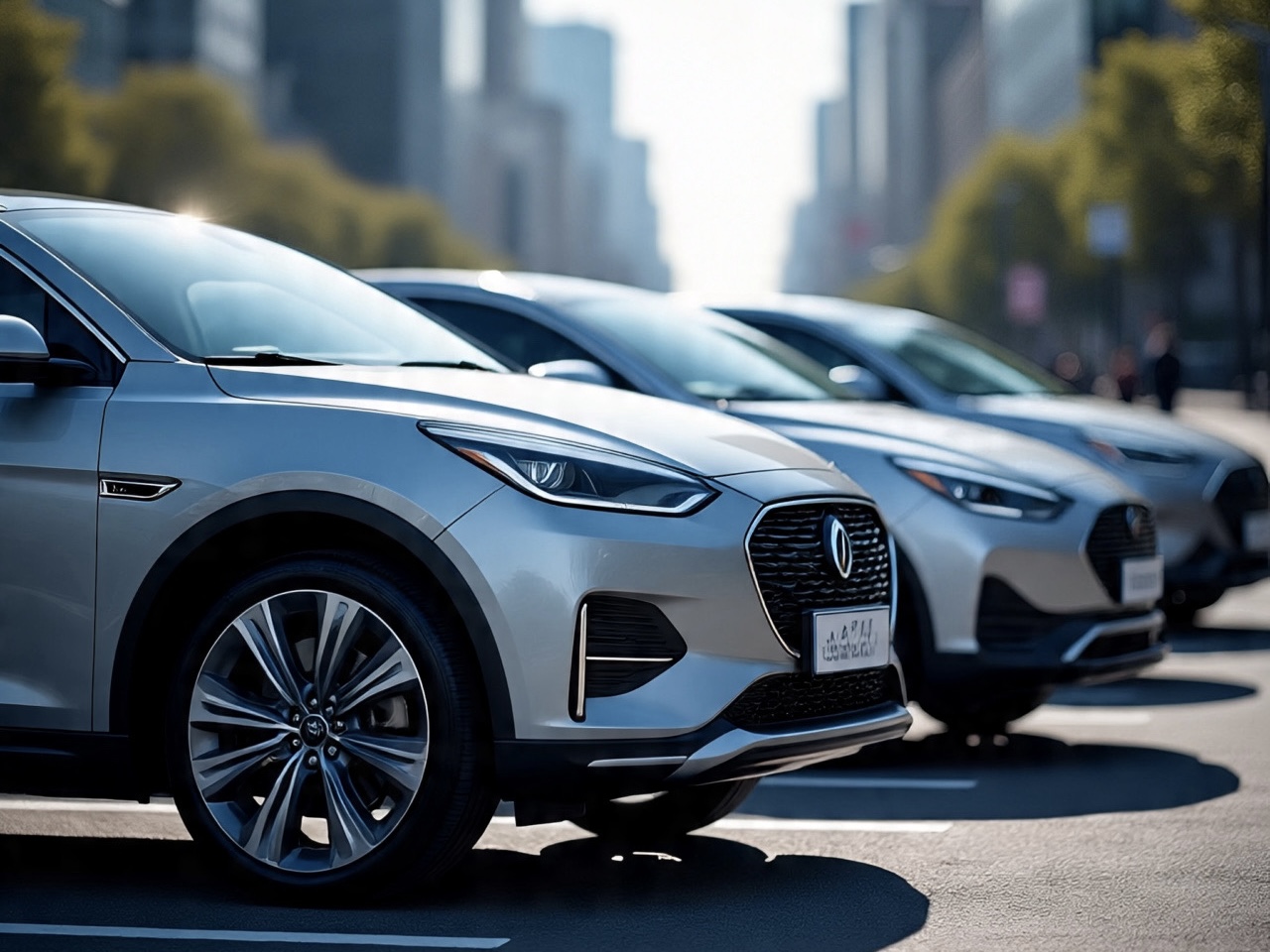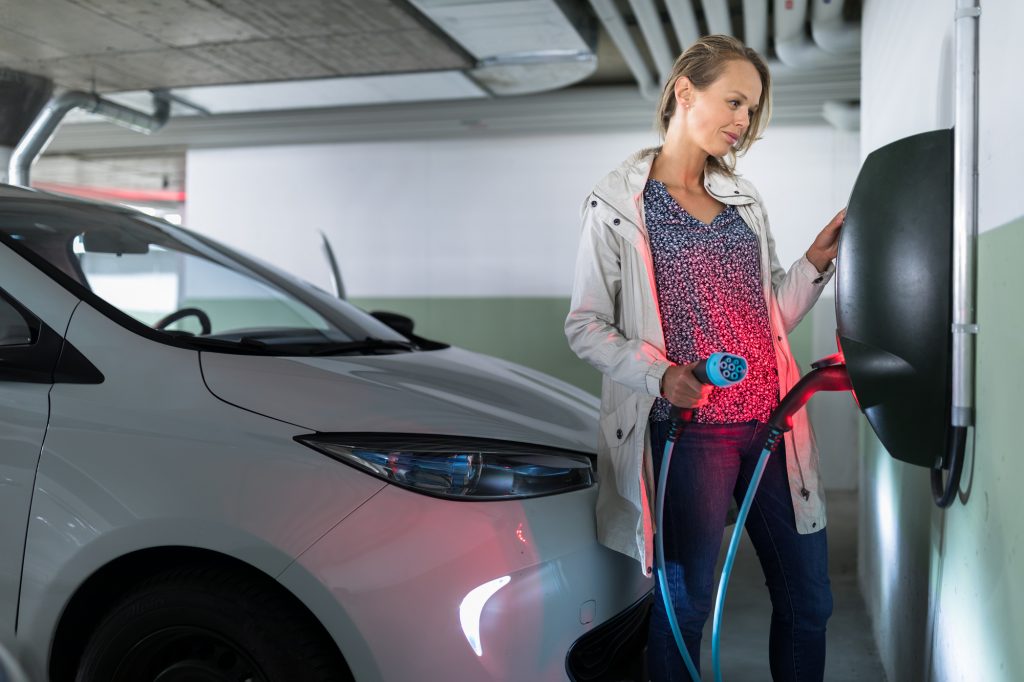
New research from IHS Markit shows that the average age of light vehicles in operation in the U.S. has risen to 11.9 years — about a month older than it was in 2019.
The data analysts at IHS Markit say that while the increase is slight, it can still generate new business opportunities for service and repair shops.
Several factors have contributed to push U.S. average vehicle age higher, according to the analysis. While vehicle scrappage rates have increased and would be expected to cause average age to drop, the growth in new vehicle sales has plateaued. Having fewer new vehicles added to the U.S. vehicle population has offset the potential drop in average age.
Underlying weakness in several segments of the market, combined with increased vehicle prices, provided upwards pressure on average age of vehicles, as consumers weigh their cyclical goods expenditure, opt for longer-term financing options or hold onto their vehicles for a longer period of time.
“At the start of 2020, all signs were pointing to moderate growth of the average age of vehicles through the first half of the decade, and there was certainly growing pessimism about how long the strong economic fundamentals could last,” said Todd Campau, associate director of Aftermarket Solutions at IHS Markit. “However, the COVID-19 pandemic has created the perfect storm to accelerate U.S. light vehicle average age in coming years. This should be a positive side effect for the aftermarket, as the majority of repairs for older vehicles come through the aftermarket channel.”
He said IHS Markit anticipates significant upward pressure on average age in 2020 and subsequent years as consumers work toward a new normal both economically and in how they use their personal vehicles in a post-COVID-19 era.
“While work-from-home policies may continue for some time, there also has been increased reluctance in the use of public transit and ride sharing, and many consumers are opting for road trips instead of air travel for summer vacations,” he said. “As a result, vehicle miles traveled (VMT) may not be impacted greatly in the coming years, given the increased personal use to offset everyday commuting.”
The U.S. vehicle population this year exceeded 280 million vehicles.













Leave a Reply